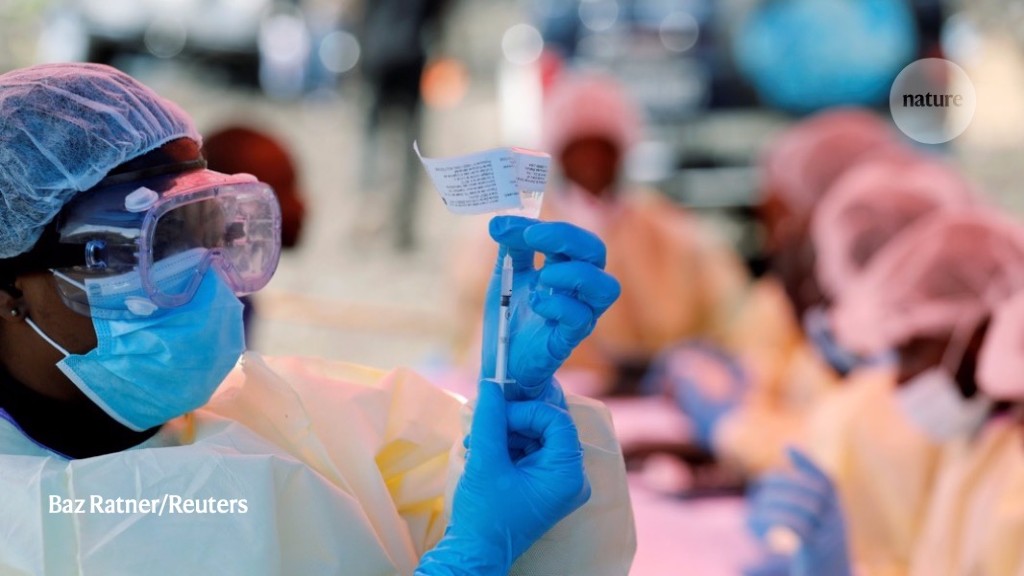
An Ebola virus outbreak in the Northeast Democratic Republic of the Congo (DRC) that has been raging since 2018 has officially ended. The World Health Organization (WHO) and the government of the Democratic Republic of the Congo announced the end on June 25, 42 days after the last case, but it occurs when a new Ebola outbreak spreads in the northwest of the country.
“We are extremely proud to have emerged victorious from an epidemic that has lasted a long time and caused great harm to our population,” said Jean-Jacques Muyembe Tamfum, co-discoverer of Ebola and director of the National Institute for Biomedical Research in Kinshasa at a Press conference.
Since the outbreak was declared in August 2018, the virus has infected at least 3,470 people, killing 66% of them. That makes it the second worst outbreak of hemorrhagic disease in the world, after the 2014-16 West African epidemic, which killed more than 11,000 people. Experts also say that the Northeast epidemic, which mainly affected the provinces of North Kivu and Ituri, is one of the most complex health emergencies the world has ever seen because it occurred in a DRC region plagued by 25 years of war. and political instability. Over the course of the outbreak, more than 70 Ebola patients and their responders were injured in dozens of attacks led by armed groups. At least 11 were killed.
Vaccine launch
But the epidemic was marked by successes in vaccination and treatment. This was the first Ebola outbreak in which a vaccine against the virus was widely implemented. The vaccine, manufactured by the pharmaceutical company Merck and first tested during the West African epidemic, was administered to more than 300,000 people who had been very close to people with Ebola, as well as to their close contacts. Muyembe said that more than 80% of people who were vaccinated did not end the disease, and those who developed Ebola after vaccination had milder cases.
A clinical trial conducted during the outbreak also found that two antibody-based medications, called mAB114 and REGN-EB3, dramatically reduced deaths among people who were hospitalized soon after being infected. These were administered to all patients at Ebola treatment centers in northeast DRC.
Another key to success, Muyembe said, was local leadership. The rate of new infections in the region slowed after governors and mayors in Ebola-affected cities began to push to eradicate the virus, and once local health workers were trained and equipped to care for people .
Coronavirus competes
Ebola responders now want to replicate these tools and strategies in Equateur, a province on the opposite side of the country, where 18 people have been reported to be infected with the Ebola virus since an outbreak was declared there on June 1.
But Ibrahima Socé Fall, the deputy director-general for emergency response at WHO in Geneva, Switzerland, says the region is difficult to get to by car and motorcycle, complicating the efforts of Ebola responders. Socé Fall worries that Equateur’s health system is inadequate and the population is extremely poor and mobile. People frequently travel to and from Mbandaka, a city of about one million people, to cities in the Republic of the Congo and the Central African Republic. That increases the risk that they can take the virus and spread it further, he says.
And although some doctors and researchers who were helping in the northeast moved to Equateur, many others are now involved in efforts to combat COVID-19. So far there are at least 6,411 confirmed cases of coronavirus in the country and 142 deaths.
“I am really proud of my colleagues and we think we could really celebrate when this is over,” says Socé Fall, who spent last year in northeast DRC. “But many people are already in place at COVID, and we are very busy,” he says. “There is no time to meet.”
